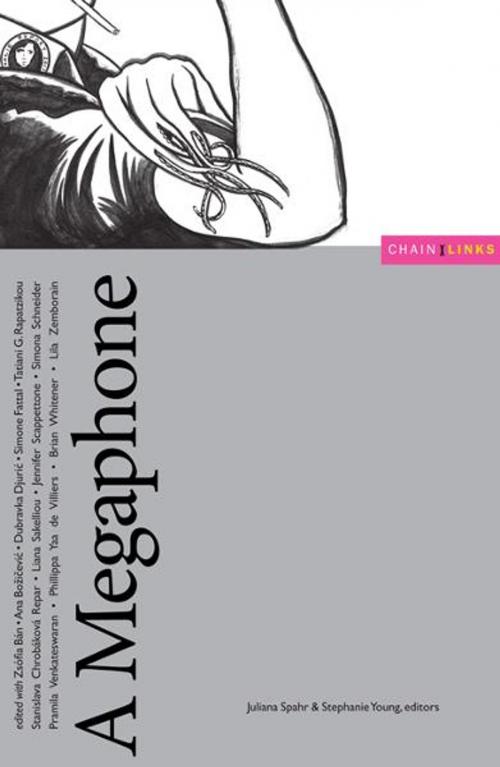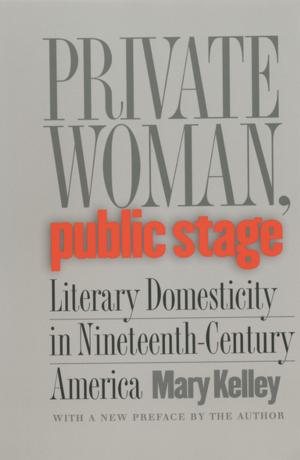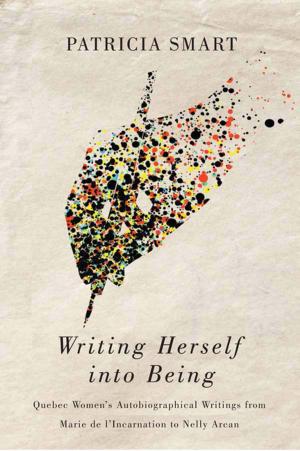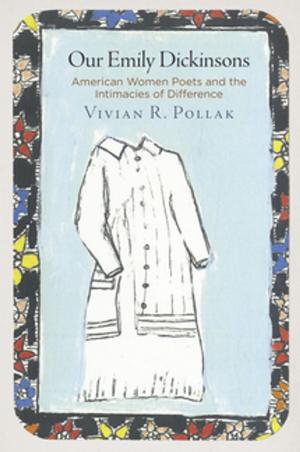A Megaphone: Some Enactments, Some Numbers, and Some Essays about the Continued Usefulness of Crotchless-pants-and-a-machine-gun Feminism
Fiction & Literature, Literary Theory & Criticism, Women Authors| Author: | Juliana Spahr, Stephanie Young | ISBN: | 9781930068490 |
| Publisher: | 'A 'A Arts | Publication: | April 1, 2011 |
| Imprint: | Chain Links | Language: | English |
| Author: | Juliana Spahr, Stephanie Young |
| ISBN: | 9781930068490 |
| Publisher: | 'A 'A Arts |
| Publication: | April 1, 2011 |
| Imprint: | Chain Links |
| Language: | English |
A Megaphone collects a number of enactments that Spahr and Young did between the years of 2005-2007. In these enactments, they attempted to think with the playful dogmatism of a feminist tradition that they call "crotchless pants and a machine gun" (obviously referencing Valie Export) in order to locate what might still be useful today about the somewhat beleaguered "second wave" feminist traditions. To that end, Spahr and Young lectured in Oulipian slenderized baby talk about figures such as Carolee Schneemann and Marina Abramovic; they counted the numbers of women and men and tansgendered people in various poetry anthologies; and they invited writers from outside the US to talk about being a writer where they live (over seventy-five writers from Puerto Rico to Morocco to Croatia to South Africa to Syria to Micronesia to Korea responded). Also included in A Megaphone are discussions of that always contested relationship between feminism and "experimental" poetry by Julian T. Brolaski, E. Tracy Grinnell, Paul Foster Johnson, Christian Peet, Barbara Jane Reyes, Dale Smith, and A. E. Stallings. The book ends with a (soma)tic writing exercise from CAConrad, one designed to encourage readers and writers to create open, yet still meaningful, feminist alliances.It is a big book. About 400 pages. And it covers a lot of territory. We like to think of A Megaphone as a shout-out to the feminist work that writers are already doing and to work that they might do in the future. Maybe work that they do together, even if they do it at separate desks. It desires a big, sticky, messy feminist web. This is one reason that we're trying to get it reviewed as widely as possible.
A Megaphone collects a number of enactments that Spahr and Young did between the years of 2005-2007. In these enactments, they attempted to think with the playful dogmatism of a feminist tradition that they call "crotchless pants and a machine gun" (obviously referencing Valie Export) in order to locate what might still be useful today about the somewhat beleaguered "second wave" feminist traditions. To that end, Spahr and Young lectured in Oulipian slenderized baby talk about figures such as Carolee Schneemann and Marina Abramovic; they counted the numbers of women and men and tansgendered people in various poetry anthologies; and they invited writers from outside the US to talk about being a writer where they live (over seventy-five writers from Puerto Rico to Morocco to Croatia to South Africa to Syria to Micronesia to Korea responded). Also included in A Megaphone are discussions of that always contested relationship between feminism and "experimental" poetry by Julian T. Brolaski, E. Tracy Grinnell, Paul Foster Johnson, Christian Peet, Barbara Jane Reyes, Dale Smith, and A. E. Stallings. The book ends with a (soma)tic writing exercise from CAConrad, one designed to encourage readers and writers to create open, yet still meaningful, feminist alliances.It is a big book. About 400 pages. And it covers a lot of territory. We like to think of A Megaphone as a shout-out to the feminist work that writers are already doing and to work that they might do in the future. Maybe work that they do together, even if they do it at separate desks. It desires a big, sticky, messy feminist web. This is one reason that we're trying to get it reviewed as widely as possible.















